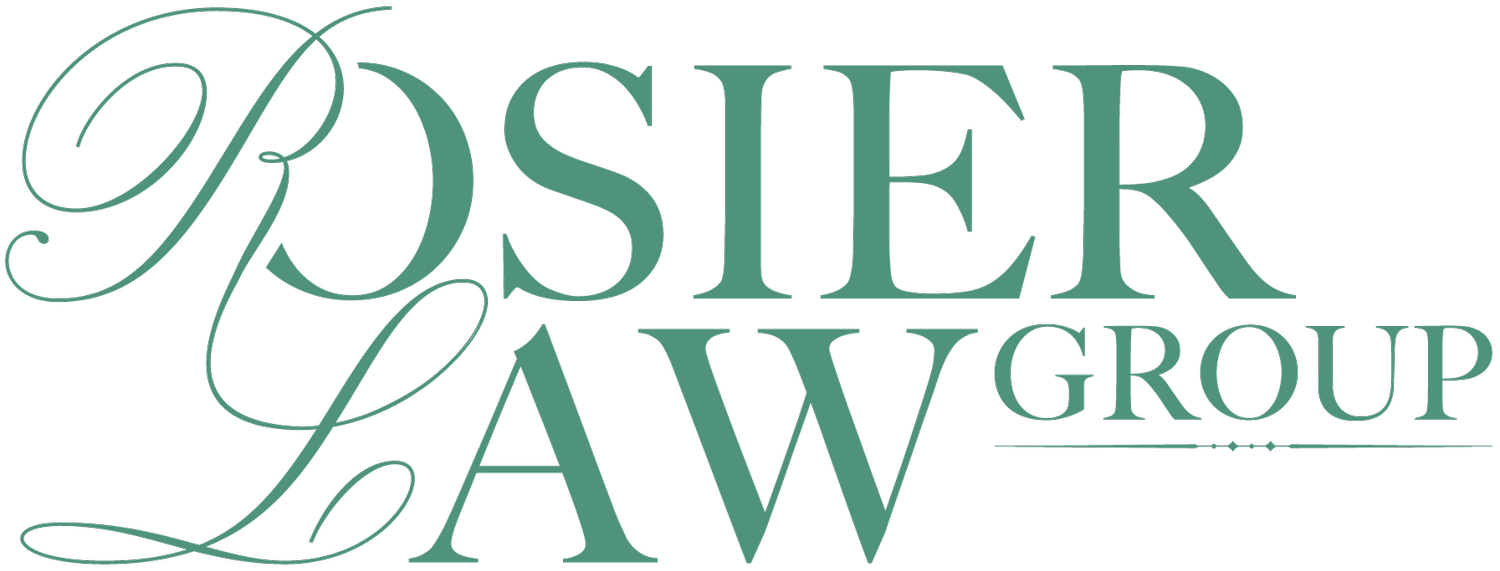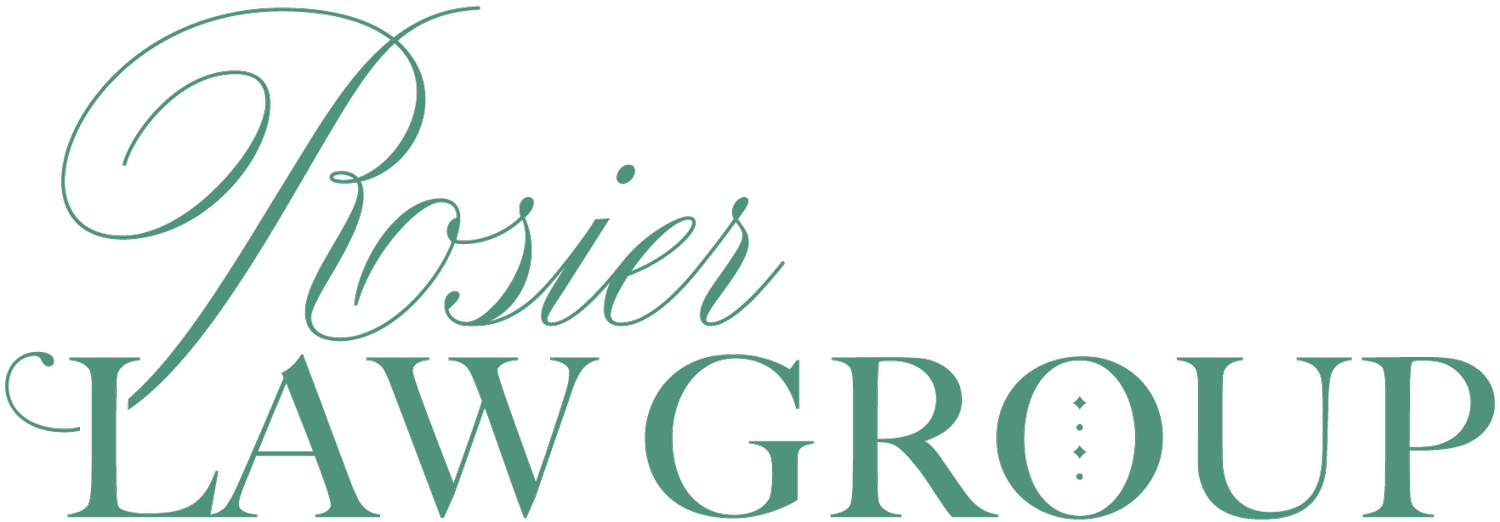Is It Possible To Lose My Trademark Rights?
You’ve received you trademark certificate and you’re hype right?! Don’t let that certificate fool you!
it is very possible for you to lose those trademarks right if you are cognizant of not only how you are using your mark, but also how other might be using your mark.
Obtaining the trademark certificate is just the first step. Now that the USPTO has granted you trademark rights, you must do your part and protect those rights!
The USPTO does not police the market for unauthorized use of your mark by others. Nor will the upsto enforce your rights for you. it is your responsibility as the trademark owner, to prevent others from infringing on their trademark rights.
Only businesses that actively monitor and protect their marks, searching out and prosecuting cases of infringement (or hire a law firm to do so for them), will continue to benefit from trademark rights. Businesses that fail to protect their trademarks will see their rights be diluted and possibly canceled through litigation.
There are two main ways businesses can put their trademarks at risk: (1) through non-intentional acts of the owner, and (2) through non-use of the mark.
Non-Intentional Acts of the Trademark Owner
There are a number of non-intentional acts that can precede the loss of trademark rights, but they all relate to the owner’s failure to protect the mark.
Uncontrolled licensing of a mark can lead to the loss of trademark rights. Sports leagues are great examples of controlled licensing. Not only do they screen licensees, but they police the market for unauthorized use of their trademarks. If an unlicensed store sells merchandise with a team’s or the league’s trademarks without prior authorization, it will face a lawsuit. Sports leagues rarely let trademark infringement cases go without a fight.
Trademark owners must also look out for any other products or services using the same or similar marks. While the same or similar names can exist across different classes of goods and services — “DELTA” is a registered trademark for both plumbing fixtures/products and air transportation services, produced by different companies — trademark owners still need to monitor such uses. Trademark infringement cases are based on the likelihood of confusion. That is, if consumers will likely confuse one for the other, there might be infringement.
Unsavory or unfavorable publication of a mark can tarnish it. Businesses can and should police for this type of usage and prevent it from spreading further. Frequent and varied use of distinctive marks in negative contexts runs directly counter to the positive aspects of trademark registration and should be actively monitored for preventative purposes.
Failure to police against these types of trademark misuse can dilute the mark’s meaning. Since trademarks are issued to create and preserve distinctiveness, anything that dilutes the meaning of a mark can precede its cancellation. Without protective measures, a mark can lose meaning and face cancellation.
On the other hand, thorough protection of branding and effective market permeation can actually lead to so-called “genericide”. The term refers to any mark that has gained such prevalence that it is used as a generic reference for all products in the same vein. Marks that have suffered from this kind of success include Flip Phone and Escalator, just to name a few. Once a term has reached sufficient generic usage, third parties can seek cancellation of a mark through this argument.
Non-Use of A Mark
While policing the unauthorized usage and reproduction of marks can go a long way towards preserving trademark rights, business owners also need to make sure they are using their marks appropriately. The trademark institution was designed based on usage of marks, not registration alone. Active use is therefore intrinsic to maintaining a trademark.
Trademark owners must prove continued use on a regular basis. Between the 5th and 6th year after registration, businesses must submit proof of continued use. They must then renew their trademarks every 10 years after the registration date. Non-use of a trademark for three consecutive years is considered abandonment unless somehow proven otherwise.
Maintaining relevant record of use is important, since failure to do so opens your mark to cancellation by litigation. Fortunately, attempts to prove non-use require compelling and conclusive evidence, since the matter involves complete forfeiture of respective trademark rights. However, without adequate attention to maintaining and recording usage with the USPTO, cancellation remains a possibility.
In any of these circumstances, simple actions can be taken to assure that trademark rights are maintained. Regular policing of usage and licensing can help protect reputation and prevent dilution. Keeping accurate and relevant records of usage can prevent third-party pursuit of cancellation. Through these simple, if sometimes arduous, measures, trademark rights and protections can be maintained to the benefit of brand reputation and revenue generation.
Consulting with a trademark attorney can help ensure you avoid facing the potential of losing your trademark.

